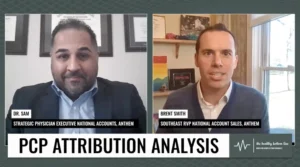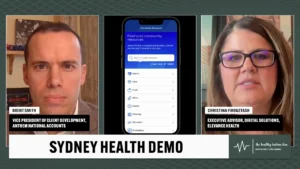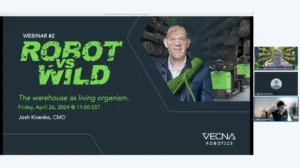How To Prepare Your Cooling Towers for Winter
With the cooler months upon us, it is important to prepare your cooling towers for freezing temperatures. Even in extremely icy conditions, cooling towers can be operated successfully if proper precautions and protocols are followed. A frozen cooling tower is a major issue for business operations as well as from a cost standpoint. Now is the time to prepare for winter weather.
Winter Cooling Tower Problems
As with any outdoor equipment, ice can form and collect on cooling towers if the conditions are right. This ice can form and even be exacerbated by the operation of the cooling tower itself.
The location of ice formation on the cooling tower is important to understand. Ice at the air inlet and on the fans can lead to major operational issues and extensive damage, whereas ice on the structure may be less of an immediate concern.
Cooling tower fans are delicate and cannot operate optimally when obstructed. Ice formation poses as major threat to the fans in terms of equipment damage and loss of functionality. The expansion of water as it freezes, and shear weight of the building ice can deform the fans. Even after the ice is removed, the effectiveness of the fans can be greatly diminished. Also, as fans freeze up, the efficiency of the cooling tower declines rapidly which can halt operations completely if left untreated.
Ice formation on the structure may not pose an immediate threat to the performance of the cooling tower, but it should not be overlooked. The building of ice can add tremendous weight and stress to the cooling tower supports and cause costly damage. Also, ice can dislodge from the cooling tower structure, resulting in a falling brick of ice that can damage equipment and put personnel at risk.
Regardless of where ice formation is observed, actions should be taken to remedy the ice situation and implement preventative measures.
Operating a Cooling Tower In Winter
There are many different methods to successfully operating a cooling tower in winter conditions. These can vary depending on the location, operation, and other specifics of the equipment itself. Even so, there are some common themes to help make winter cooling tower operations go smooth.
- Conduct Regular Inspections – This should be done year-round to ensure equipment is in good order and functioning properly. Increase the frequency of inspections during freezing conditions to identify ice formation before it becomes a major problem.
- Begin Cold Weather Operations Proactively – Don’t wait until the outside air temperature hits freezing to implement your cold weather protocol. It is much easier (and less costly!) to prevent the formation of ice rather than be reactive to ice that is already present.
- Maintain Heat Load – Ensure there is a constant heat load on the cooling tower during cold weather to prevent ice from forming
- Sustain Flow Rates – Low flow rates increase the likelihood of freezing. Maintain flow rates above the design minimum to help prevent the cooling tower from freezing.
- Manage Airflow – Control flow rate of air in each individual cooling tower cell to keep temperatures above freezing. Differences in airflow between cells can create localized freezing.
- Do Not Manually Remove Ice – Ice buildup on the cooling tower should be allowed to melt off in order to prevent damage to equipment that could occur during ice removal. Furthermore, falling ice can occur when removing ice from a cooling tower and this is a significant personal safety hazard.
- Consult Manufacturer Guidelines – Check the manufacturer recommendations for cold weather instructions to ensure operational aspects of the specific cooling tower are not overlooked.
Winter temperatures pose a serious threat to cooling towers, but these risks can be mitigated with a proactive and proper approach to cold weather management. As a global leader in custom programs for boilers, cooling, and process water systems, Chem-Aqua knows what it takes to keep integral process systems running strong even when being exposed to extreme conditions.
Click here to learn more about Chem-Aqua and our commitment to service.









